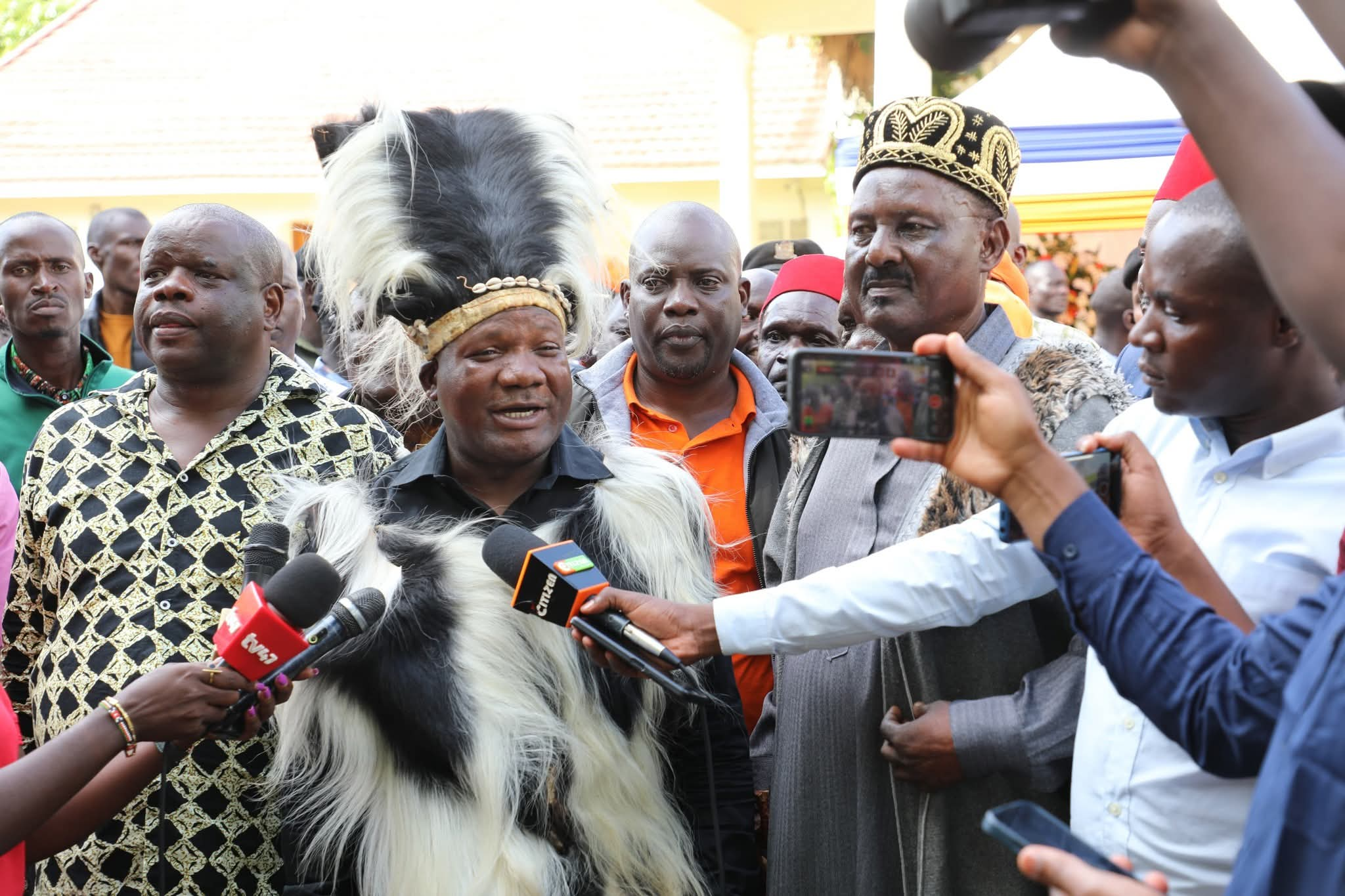The late Raila Amolo Odinga, Kenya’s former Prime Minister and a towering figure in the nation’s struggle for democracy, was more than a politician. He was a living bridge between centuries of leadership, a son of history whose ancestry traced back to the royal lineage of the Wanga Kingdom in Western Kenya.
Born in Sakwa, Siaya County, Raila was the son of Jaramogi Oginga Odinga, one of Kenya’s founding fathers. Jaramogi’s home became a hub of leadership, where ideas about justice, unity, and freedom were shaped. Over time, Sakwa became more than a residence; it symbolized a “people’s kingdom,” a place where courage, vision, and service converged.
The story of Sakwa itself stretches back centuries. Oral tradition and genealogical records reveal that Sakwa son of Mugoya, a descendant of Mwanga III, founder of the Wanga Kingdom, migrated from Wangaland (present-day Mumias) to the shores of Lake Victoria. The land he settled came to bear his name, becoming the Sakwa we know today.
Raila’s lineage reflects a remarkable succession of leadership. From Mwanga III came Murono, then Mutende, followed by Wamoyi. Wamoyi’s son, Mugoya, fathered Sakwa, the ancestor who migrated to present-day Bondo. From him came Matara, Nyibinya, Opwapo, Omolo, Ogola, Migono, Matere, Wanyando, Odinga, then Jaramogi, and finally Raila Amolo Odinga. Through this line, Raila belonged to the Sakwa branch of Mwanga III’s descendants, linked to the Abasitsetse clan, historically renowned for leadership, diplomacy, and royal stewardship.
Over the generations, however, the Luhya names and traditions at Sakwa gradually faded due to intermarriages and assimilation with the Luo community, the dominant ethnic group in the region. While the Odingas retained their heritage and leadership values, the original Wanga identity blended into a Luo cultural framework, illustrating the fluidity and interconnectedness of Kenya’s communities.
That ancestral bond was reaffirmed today, on the eve of Raila’s burial. Kakamega Governor Fernandes Barasa led a delegation of Wanga elders to the Odinga home in Sakwa, accompanied by His Majesty King Peter Nabongo Mumia II, the reigning monarch of the Wanga Kingdom. The group arrived with bulls and traditional offerings, symbols of honor and kinship. Their visit was both a homecoming and a farewell, recognizing Raila as a son of Wanga ancestry who carried forward the virtues of courage, justice, and leadership.
Governor Barasa described it as “a spiritual duty — to welcome home a son of Wanga who brought honor to his people and his country.” King Mumia II blessed the family and emphasized the historical ties between the Wanga and Luo peoples, linked by shared ancestry long before modern borders and ethnic divisions.
Tomorrow, Raila will be laid to rest in Sakwa, the land named after his ancestor Sakwa son of Mugoya, completing a centuries-old circle from the royal courts of Mumias to the political homestead of Sakwa. His burial is a reminder that leadership is not merely a position but a heritage carried across generations.
Raila’s story illustrates Kenya’s intertwined past. Before colonial borders and ethnic distinctions, communities were connected by family, migration, and shared destiny. From Mwanga III to Sakwa, from Jaramogi to Raila, the thread of leadership endures, bridging cultures and generations.
As the nation gathers to bid farewell, Raila Amolo Odinga’s life reminds Kenyans that our roots are deep, our histories are shared, and our unity grows stronger when we honor the legacy of those who came


Facebook Comments